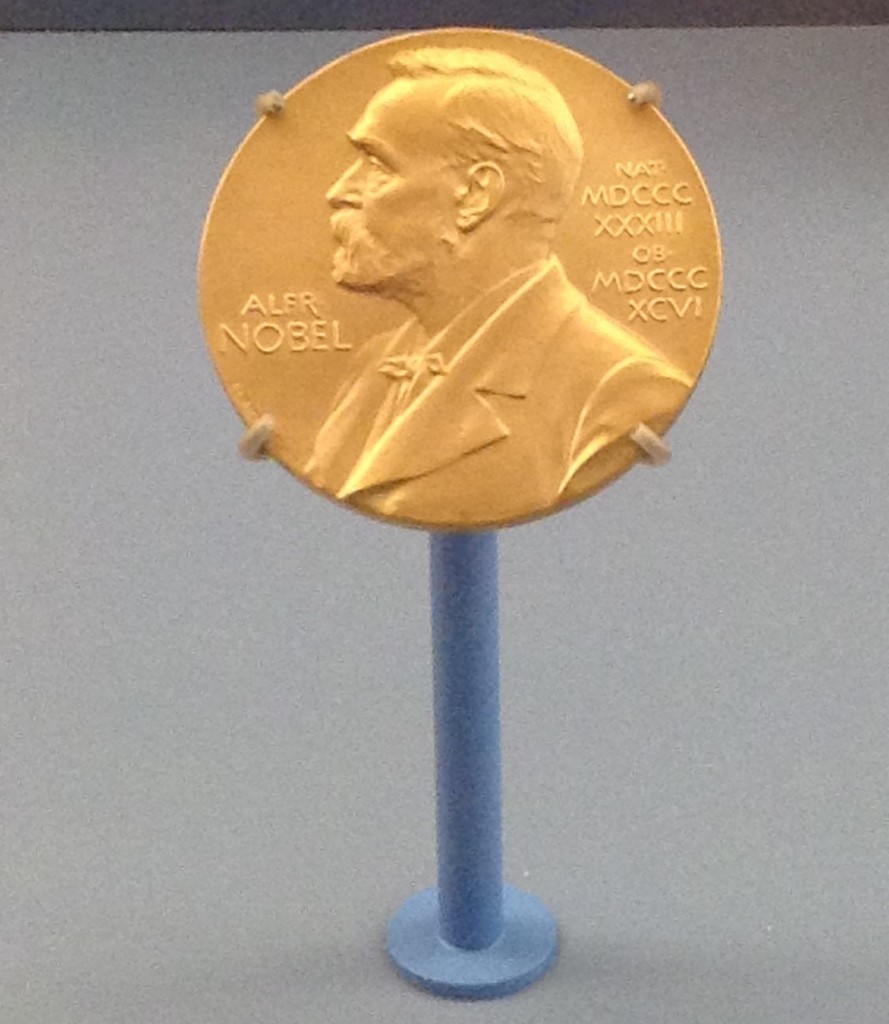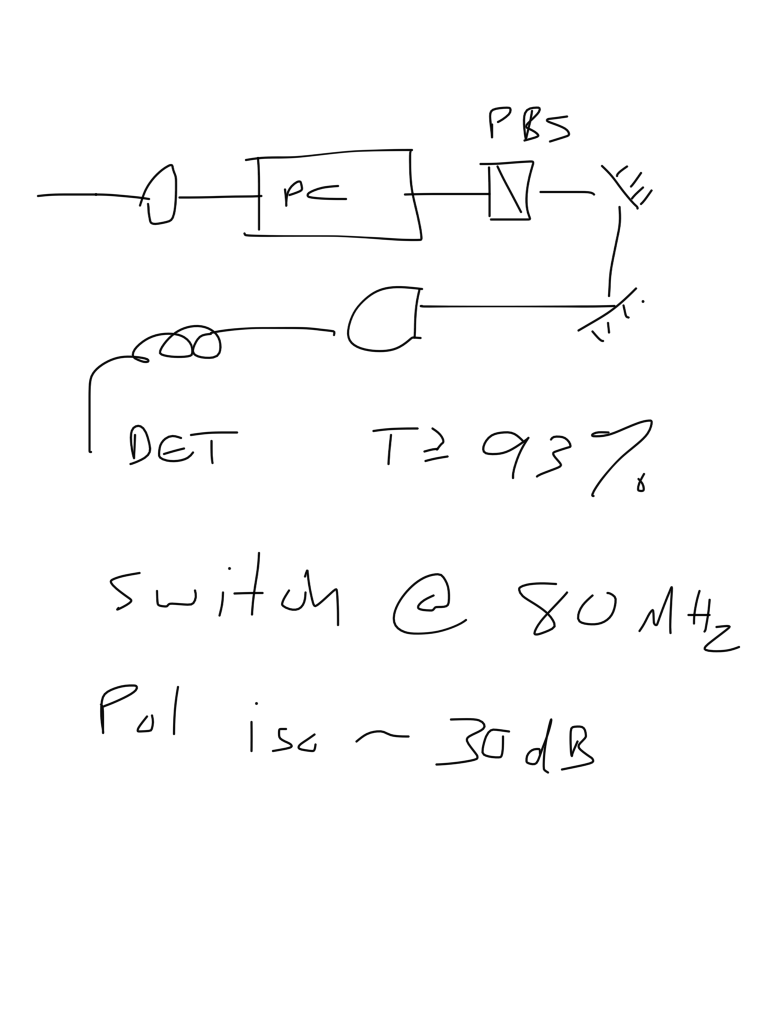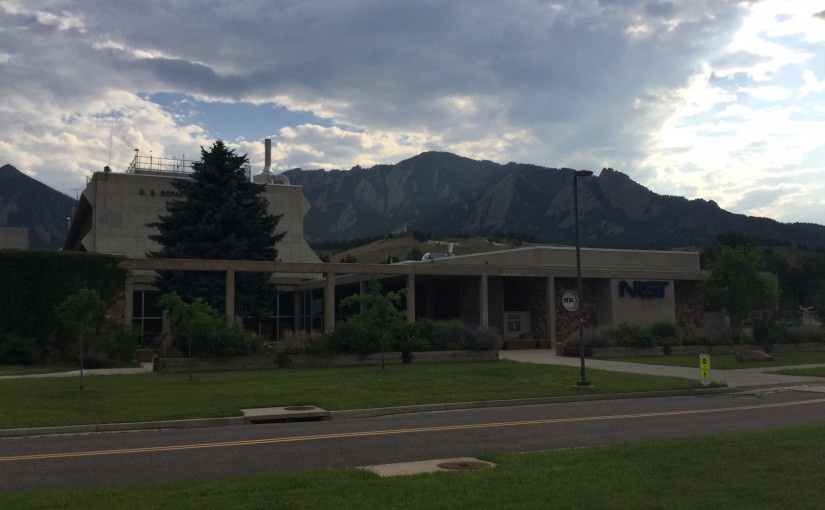Today I visited NIST, the USA’s National Institute of Standards and Technologies. I had an incredibly interesting day visiting groups and labs in their Applied Physics Division with is part of the Physical Measurements Laboratory. I got to present my research work again, and got loads of really interesting questions. Thanks to Thomas Gerrits for hosting.
This is the place where they are setting measurement standards. Let me illustrate this. NIST are part of a project that over the next 2 years with 11 other institutions worldwide will aim to set a standard on how to measure single photons. Yes, we can detect single photons. And they are addressing how to set a standard to measure these, because that’s a problem that researchers and companies want to solve to improve sensing techniques and how to process information.
It’s humbling to walk through corridors where Nobel laureates have worked. This is the closest I’ve ever been to (a duplicate of!) a Nobel medal.

For the first time I walked through an experiment. The size of this experiment was hundreds of meters. I was walking 5 minutes through a corridor, following a trail of fibre optics. This is the size of what is needed to check that your experiment is behaving like quantum theory predicts. This experiment was using today’s technologies to test theories that were thought of 50 years ago.
And then here I am, drawing up experiments that we would like to be able to do in a fibre or on a chip. I’m sharing this, and not saying any more; the comments section is open for questions.

